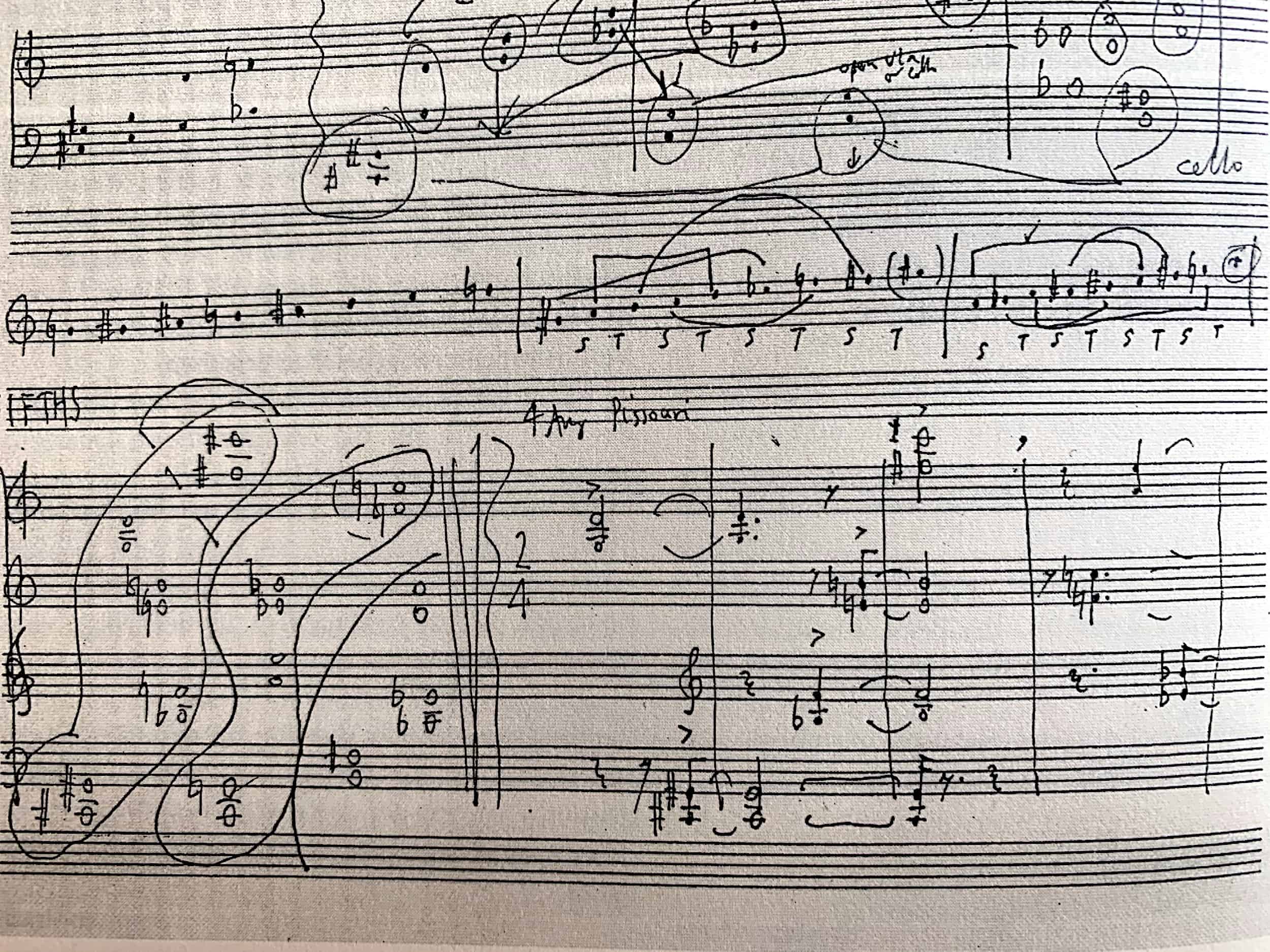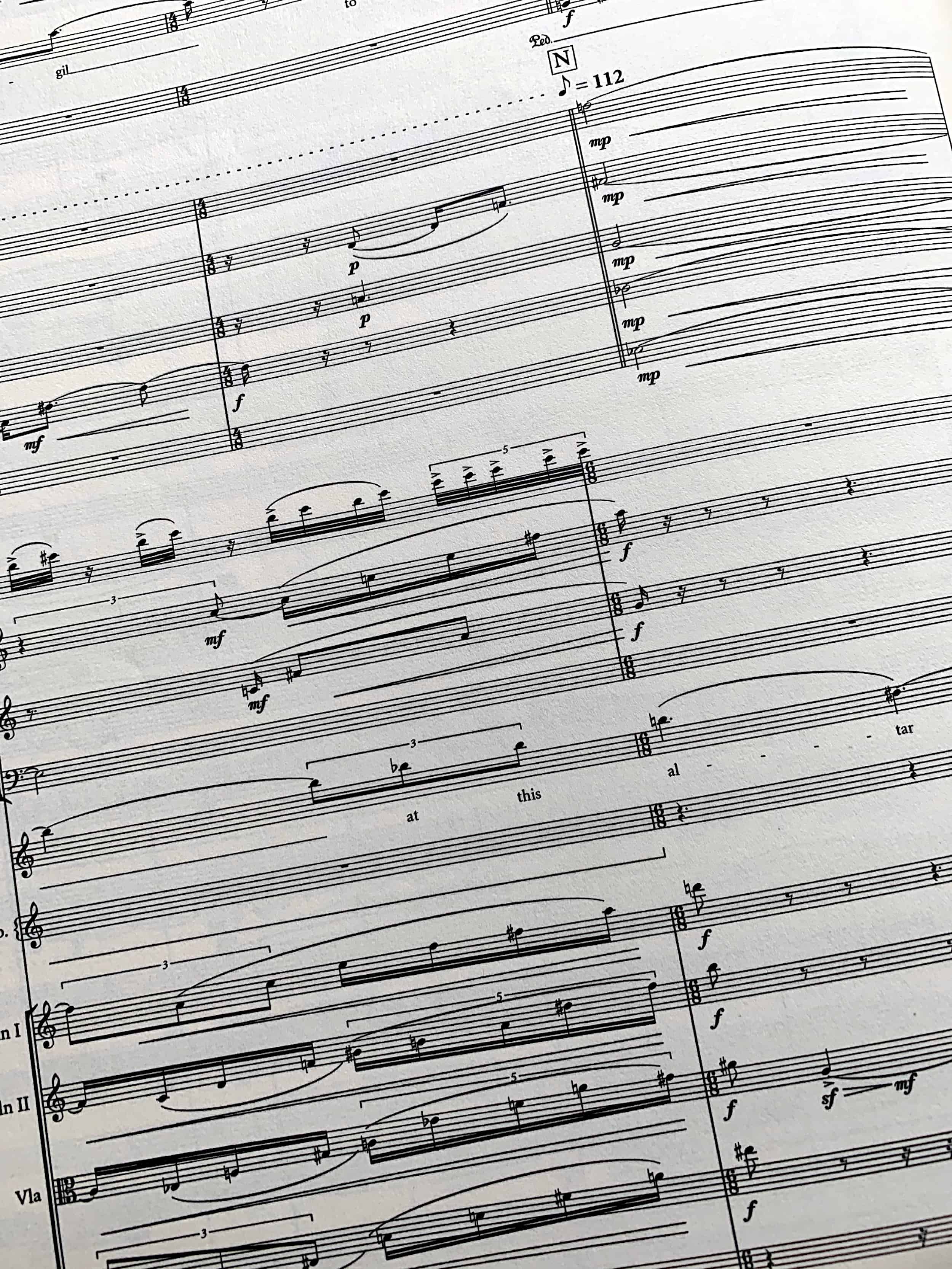Violin Cocerto: 1997 (rev. 2003)
Violin and orchestra
Violin: Anthony Marwood
Conductor: Gerard Schwarz
Ibegan work on my violin concerto late in 1991, shortly after the death of my father. An amateur violinist, he bought a violin in India during the second world war, and it later accompanied him on his posting to Burma with the Lancashire Fusiliers. When he died, I heard from one of his old comrades, who recalled my father stripped to the waist in the Burmese jungle entertaining his fellow troops with excerpts from Mendelssohn’s Violin Concerto. With this image in my mind I started to work on a piece which contrasted the darkness of war with the spirited reaction to it. This is not a concerto in the display sense; it is more of a concertante work with the soloist as the leading character in the development of the musical argument, working from within rather than ‘accompanied’ by the orchestra.
It is in two parts, both of which start with similar material. In the first, the low, dark sounds of percussion, muted trombones and strings gradually open out and gain pace, but the rather bleak mood is never far from the surface. The solo violin, static and rooted to its lowest notes at the outset, is slow to get moving, but it eventually reaches the upper registers. Here, a slow passage follows; the violin is accompanied by harp, celesta and tuned percussion as it manages a much more sustained, lyrical line; like a bird, high above the grim surroundings below. The second part begins as the first, but it soon becomes evident that the pulse is much quicker. The soloist now takes a more pro-active role, leading a series of dance-like episodes from above, below and within ensembles. A more lyrical section interrupts the forward movement for a while, after which the pace picks up again. In place of the traditional cadenza, the solo violin recalls material from both movements before the piece builds to its final climax.


